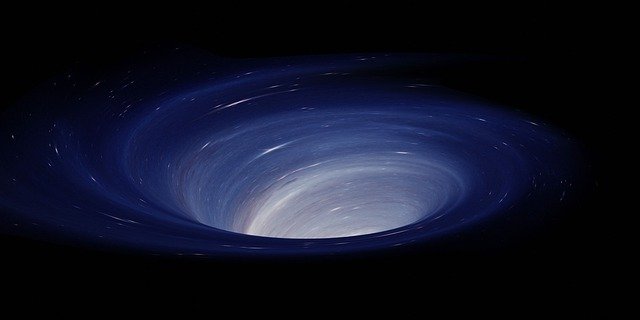Astronomers discover record numbers of gravitational waves
 Scientists made the discovery of 35 Gravitational wave signals announced, bringing the total number of similar discoveries to 90. The results could help solve some of the universe's most complex puzzles and shed more light on its evolution and the life and death of stars.
Scientists made the discovery of 35 Gravitational wave signals announced, bringing the total number of similar discoveries to 90. The results could help solve some of the universe's most complex puzzles and shed more light on its evolution and the life and death of stars.
The first Gravitational waves were recorded in September 2015, although the discovery was not announced until February 2016 as it took some time to analyze the data and verify that the waves were indeed gravitational waves. Since then, dozens of similar discoveries have been confirmed. Scientists have now discovered more "space-time folds". The interferometers registered between November 2019 and March 2020 LIGO and Virgo up to 35 Gravitational wave signals. The results can be viewed in the ArXiv preprint database.
Gravitational wave tsunamis
Image source: Pixabay;
The new discoveries come from cosmic events that are mostly billions of light years away. These 35 new events cover the entire mass range of gravitational wave sources. According to the scientists, 32 of the 35 recorded signals are most likely from collisions with black holes. Two were faced with the rarer occurrence of a collision between one Black hole and a neutron star. As for the latter case, the researchers are not sure what type of object it is Gravitational waves triggered exactly, but most likely it was an extremely small black hole.
The new findings mean that the scientists have had a total of 2015 Gravitational wave signals have recorded.
The collision of such massive objects as black holes and neutron stars sends Gravitational waves into space, similar to the waves that arise when a stone is thrown into a lake. Astronomers can analyze these "space-time folds" to determine the properties of the objects that created them. For example, in one of the discovered events, a black hole with a mass of 87 solar masses collided with a black hole with a mass of 61 solar masses. The result was an object with a mass of 141 solar masses.
Professor Susan Scott of the Australian National University (ANU) confirmed that the recent discoveries represent a true "tsunami" and "a great step forward in our quest to unravel the mysteries of the evolution of the universe". - With these discoveries, the number of those discovered by LIGO and Virgo has increased Gravitational waves since the beginning of the observations tenfold. We discovered 35 events. This is a huge number. During our first observation campaign, which lasted four months from 2015-2016, we only made three discoveries, the scientist emphasizes. - This is really a new era in the discovery of gravitational waves. The new findings reveal a lot of information about the life and death of stars in the universe, she added.
New opportunities
But there is something else. When the most massive stars die, they collapse under their own gravity, leaving black holes behind. When slightly less massive stars die, they explode in supernovae and leave behind thick, dead debris called neutron stars. For years, astronomers have been trying to solve the riddle of the mass difference between neutron stars and black holes. The heaviest known neutron star has no more than 2,5 masses of our sun, while the lightest known black hole has about 5 solar masses. The question remains: is there something with a mass between 2,5 and about 5 masses of our sun?
In the recent discoveries, there are events that appear to fill the void in the masses of black holes observed. In one of these cases, the researchers said, there was a collision between an object with a mass of 2,8 solar masses. The astronomers concluded that it was probably a very small one Black hole acts, although they cannot rule out a very heavy neutron star. Another extremely interesting discovery is a signal that indicates a collision between a black hole of 33 solar masses and a very small neutron star of about 1,17 solar masses. It is one of the lowest mass neutron stars that has ever been observed.
Scientists wonder whether the systems from which the gravitational waves originate are considered Binary star systems that went through their life cycle together and finally became black holes. Or were two black holes pushed into a highly dynamic environment like the center of a galaxy?
- We're just getting started, the wonderful variety of black holes and Neutron stars "says Christopher Berry of the University of Glasgow in the UK. - Our recent results show that they come in many sizes and combinations. We have solved some old puzzles, but also discovered new ones. With these observations we are the secret of the Formation of stars, the building blocks of ours Universe, got one step closer, "he added.